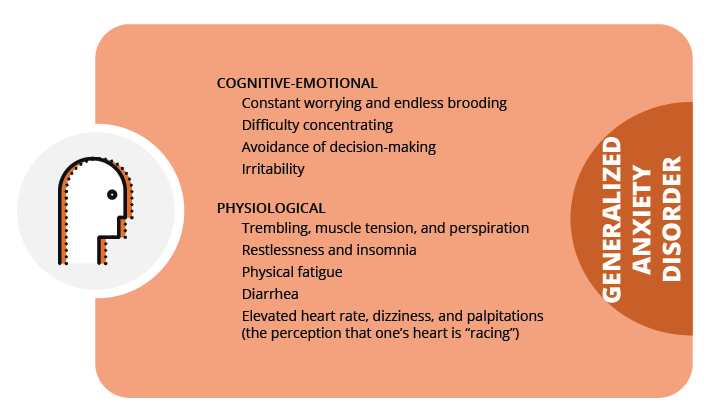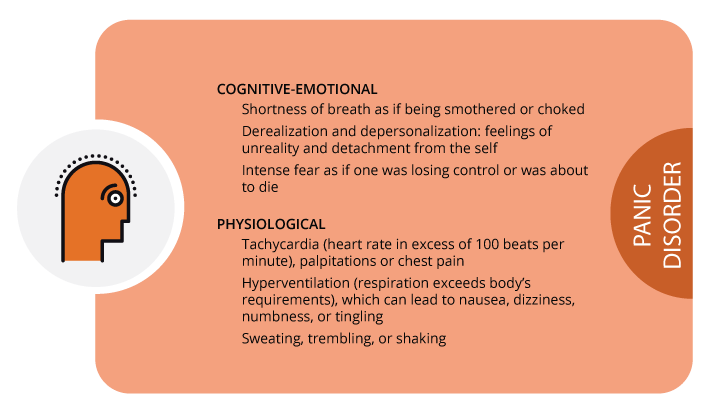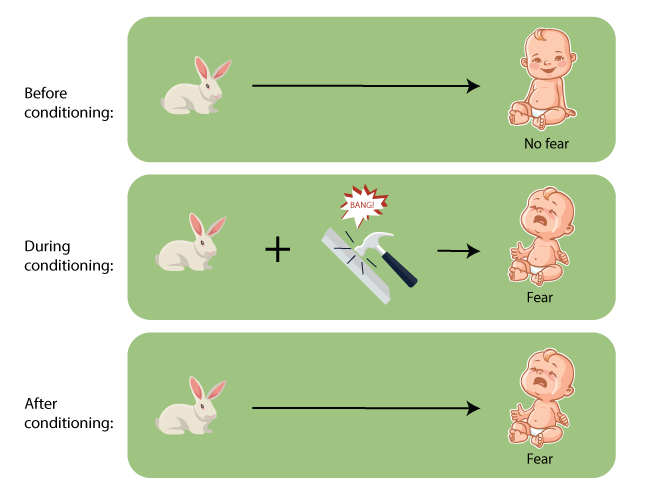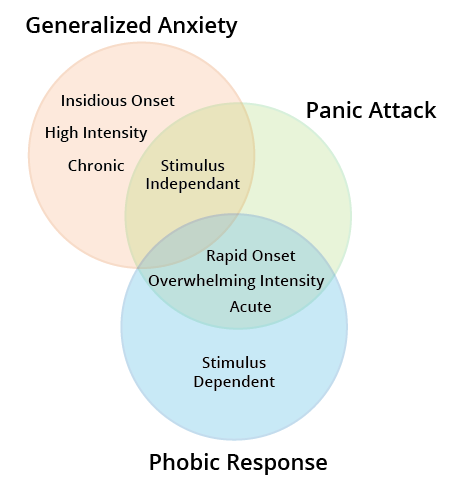Anxiety Disorder
Anxiety Disorders are psychological conditions in which individuals experience excessive apprehension, anxiety, or fear.

his class of disorders, along with mood disorders, are the two most commonly diagnosed. Lifetime prevalence is estimated to be 30%. Approximately 3 out of every 10 people you know is likely to experience one or more anxiety disorders at some point in their lives.
Generalized Anxiety Disorder (GAD)
Generalized Anxiety Disorder, more commonly diagnosed in women than in men, is characterized by chronic, high-level anxiety tied to no specific threat.

Panic Disorder (Panic Attack)
Panic Disorder involves discreet, recurrent, sudden and unexpected attacks of overwhelming anxiety.

Phobic Disorder
Phobic Disorder involves persistent and irrational fear of an object or situation.
Although it is possible to develop a phobia to just about any stimulus, the most common phobias reflect real dangers encountered in the ancestral environment. These include
- Acrophobia (fear of heights),
- Claustrophobia (fear of enclosed spaces),
- Hydrophobia (fear of deep water), and various animal and insect phobias, most notably snakes and spiders.
One way to acquire a phobia is through Classical Conditioning.

Phobic responses are maintained by Operant conditioning.
Retreating from the bunny leads to the removal of an aversive stimulus, which reinforces avoidance and retreat. This form of operant conditioning is called Negative Reinforcement; the removal of an aversive stimulus reinforces the behaviour. Since the individual never experiences bunnies in the absence of threat, extinction of the phobic response never occurs.
Comparison of All 3 Categories


Social Anxiety Disorder
Social Anxiety Disorder involves a persistent fear of one or more social performance situations, such as public speaking, a musical performance, or perhaps even meeting new people at a party.